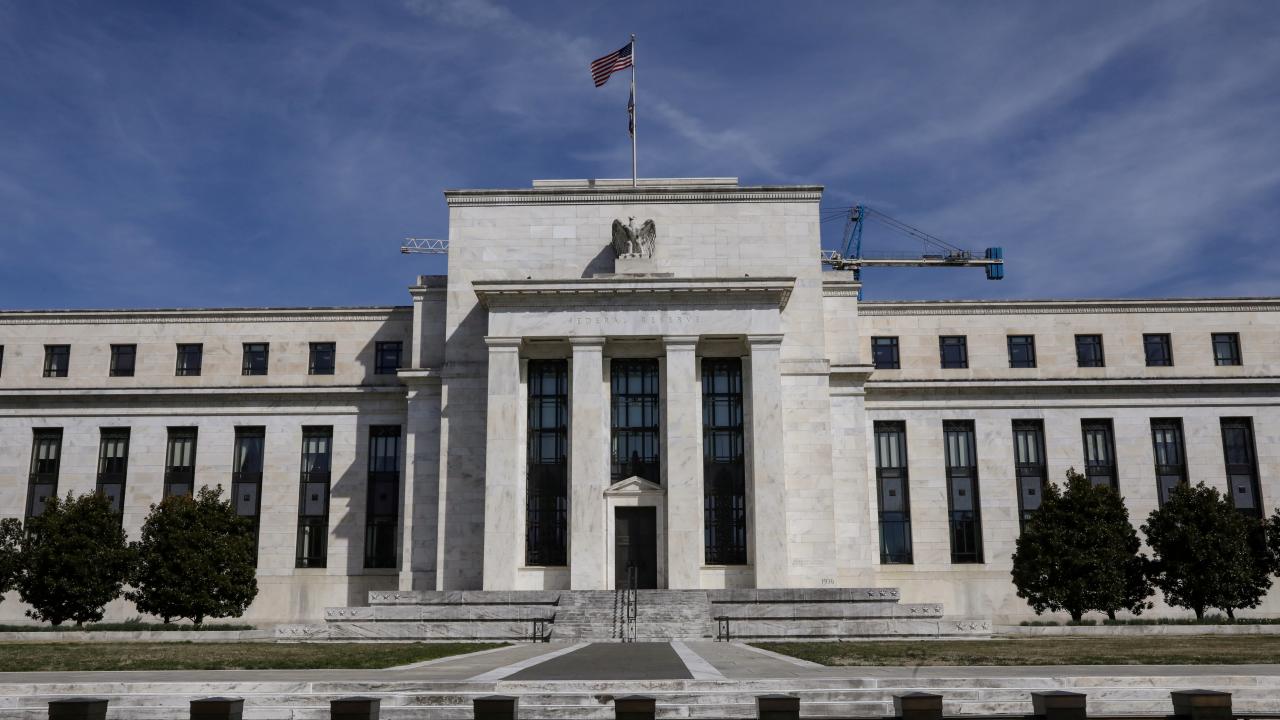
The Office of Economic Analysis of the Department of Commerce reminds that these readings are still incomplete and may be subject to future review.
The gross domestic product (GDP) of the United States registered an expansion of 0.4% in the first quarter of the year, half of the 0.8% growth of the fourth quarter of 2023, according to the first estimate published by the Analysis Office Economic of the Department of Commerce.
In annualized figures, US GDP between January and March advanced 1.6% compared to 3.4% in the previous three months. However, the body in charge of preparing the data remembers that these readings are still incomplete and may be subject to future review.
The increase in real GDP reflected increases in consumer outlays, as well as residential and nonresidential fixed investment and state and local government spending, while private inventories and imports detracted from growth.
Compared to the fourth quarter, the slowdown in real GDP primarily reflected moderations in consumer spending, exports, and state and local government spending, as well as a decline in public spending at the federal level.
These dynamics were partially offset by an acceleration in residential fixed investment and the rebound in imports.
MACRO SCENARIO
The consumer price index (CPI) of the United States stood at 3.5% year-on-year in the month of March, which implies an acceleration of three tenths compared to the February figure, while the underlying index closed the third month of 2024 with a reading of 3.8%, the same figure as the previous month and its lowest mark since the end of 2021.
For its part, the US economy generated 303,000 new jobs in March, a figure higher than the 270,000 new jobs created in February, while the unemployment rate fell one tenth, to 3.8%.
Hiring expanded mainly in the health, government, construction, leisure and tourism, and retail sectors, while it showed little change in mining, industry, oil and gas extraction, or wholesale trade, among others. others.
MONETARY POLITICS
At its meeting at the end of last March, the Fed decided to maintain interest rates in the range of 5.25% to 5.5%, the highest since January 2001. In this way, the institution once again maintained without changes its monetary policy for the fifth consecutive meeting after the last 25 basis point increase in the price of money carried out in July 2023 and the pause that began in September.
The central bank's decision-making body said it "did not expect it to be appropriate to reduce the target range until it had gained greater confidence that inflation was steadily returning towards 2%."
In line with its previous meeting, the phrase referring to the "degree of potential tightening" was once again omitted from the document, which indicated that the Committee was ruling out the possibility of new increases, although the line that also assured that inflation remained "high."










